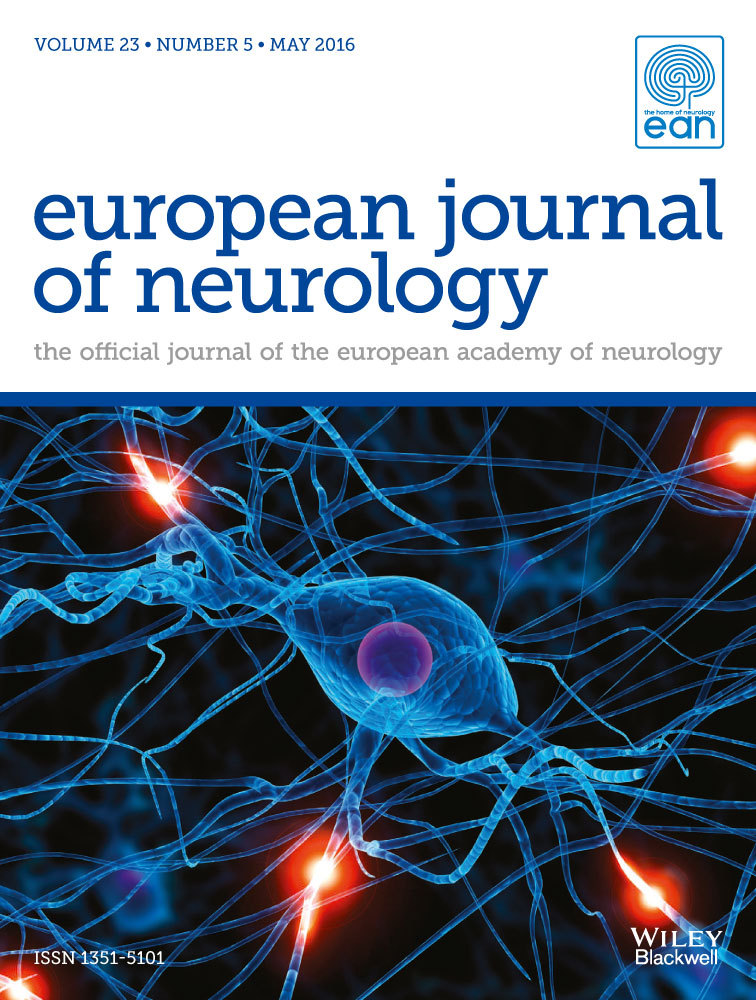Distinguishing clinical and radiological features of non-traumatic convexal subarachnoid hemorrhage
Abstract
Background and purpose
The full spectrum of causes of convexal subarachnoid hemorrhage (cSAH) requires further investigation. Therefore, our objective was to describe the spectrum of clinical and imaging features of patients with non-traumatic cSAH.
Methods
A retrospective observational study of consecutive patients with non-traumatic cSAH was performed at a tertiary referral center. The underlying cause of cSAH was characterized and clinical and imaging features that predict a specific etiology were identified. The frequency of future cSAH or intracerebral hemorrhage (ICH) was determined.
Results
In all, 88 patients [median age 64 years (range 25–85)] with non-traumatic cSAH were identified. The most common causes were reversible cerebral vasoconstriction syndrome (RCVS) (26, 29.5%), cerebral amyloid angiopathy (CAA) (23, 26.1%), indeterminate (14, 15.9%) and endocarditis (9, 10.2%). CAA patients commonly presented at an older age than RCVS patients (75 years versus 51 years, P < 0.0001). Thirteen patients (14.7%) had recurrent cSAH, and 12 patients (13.6%) had a subsequent ICH. However, the risk was high amongst those with CAA compared to those caused by RCVS, with recurrent cSAH in 39.1% and subsequent lobar ICH in 43.5% of CAA cases.
Conclusions
Our study demonstrates the clinical diversity of cSAH. Older age, sensorimotor dysfunction and stereotyped spells suggest CAA as the underlying cause. Younger age and thunderclap headache predict RCVS. Yet, various other causes also need to be considered in the differential diagnosis.




